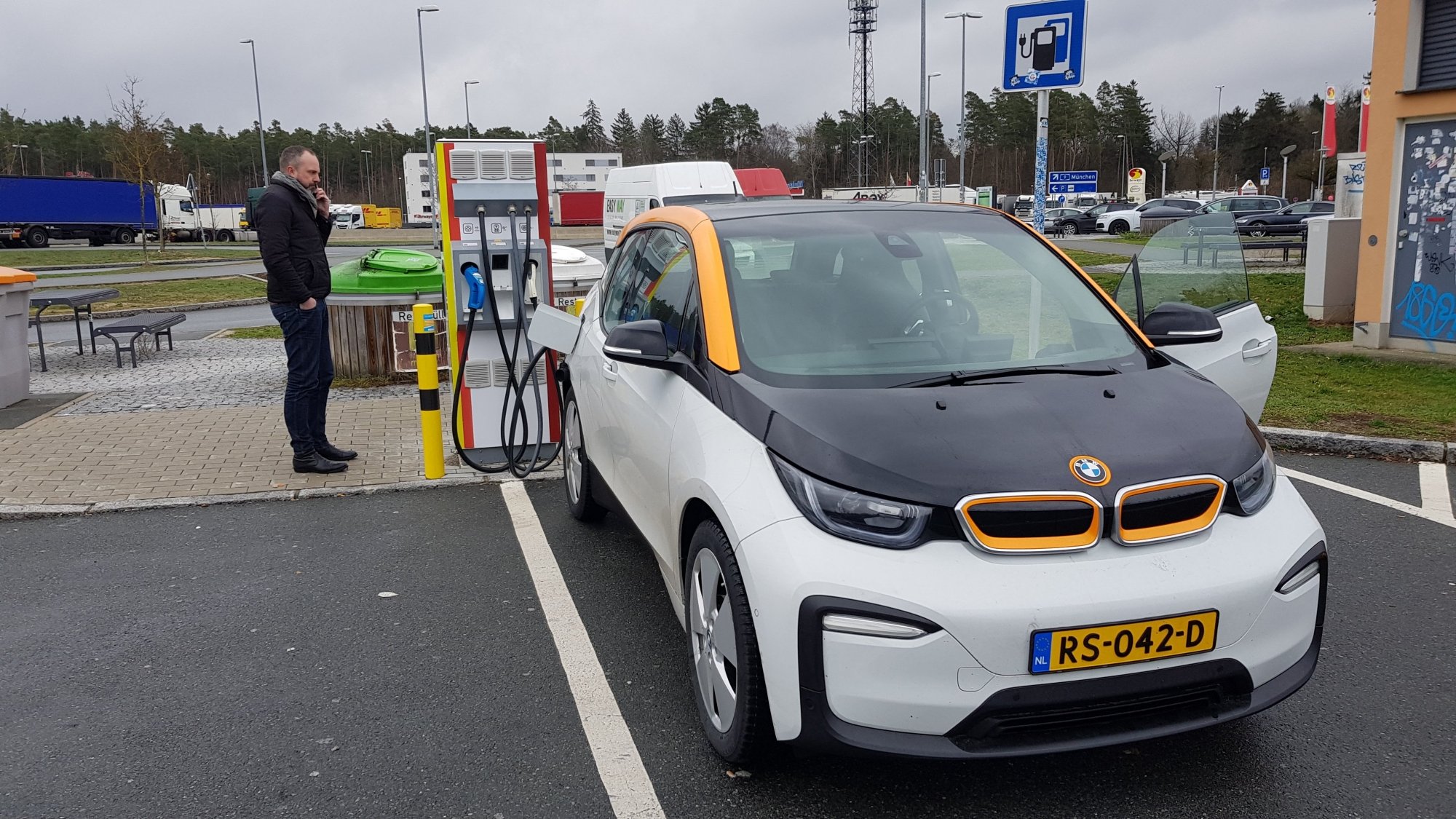
A trip planning that takes the actual age of a car battery into account has a positive impact on the ultimate lifespan of that battery. The results of Fleetlife, a joint feasibility study of TNO and Amber, give leasing companies and fleet owners that extra means to dispatch their electric cars in a smart and durable way. “When a value is attached to the remaining battery lifespan of a vehicle provisioned, managing on optimal deployment is even more rewarding”, says senior project manager Roel de Natris of TNO.
Fleets of electric vehicles show an explosive growth, which provides opportunities to optimize the deployment of that fleet and recharge smarter. By exploiting the increasing amount of data available within the fleet, owners can make smarter choices, increase battery lifespans en reduce costs. The study shows that benefits can mainly be reaped by:
- Recharging more slowly as long as planning allows
- Cooling or heating up the battery prior to deployment or recharging
- Resting the battery at a lower charging level, when the vehicle is not in use.
At the moment, availability, planning and battery charging levels determine the charging schedule and deployment of vehicles in a fleet. A customer is offered a car that is sufficiently charged for the ride at hand; de age of the battery is not part of the equation. Both Amber and TNO have found that a sharing schedule that does take the battery’s age into account can contribute to increasing battery quality in the long term, lowering total costs in an effective manner.
Exactly how large the increase in lifespan is, does not result from this study. De Natris: “Due to the differences in values observed in practice and values taken from literature, quantifying the extra lifespan in total costs or battery cycles is not possible yet. This also means that economic feasibility cannot be expressed in true terms, leaving it up to the users, such as Amber, to determine whether the tested strategy merits further development.” The biggest hurdle for Amber in this respect is that the leasing company does not include the remaining battery capacity in the leasing costs. “The results of this study provide every reason to discuss battery lifespan with relevant parties such as leasing companies.”
Amber also sees opportunities to continue the study. As Amber’s CTO, Joep Sloot, says: “In order to create a future in which electric vehicles dominate, decreasing the total costs of deployment is crucial. An effective way to do just that, is maximising the battery lifespan; we have seen that that is possible. Together with TNO, we will look into the possibility to continue the research into Amber’s fleet. We are glad to be able to play a part in improving the whole sector and at the same time increasing availability of electric vehicles to the general public.”
Increasing life span
The Fleetlife feasibility study was carried out on part of the BMW I3 fleet owned by the car-sharing platform Amber. Over half of the observed cases showed that increasing the battery lifespan was possible. Although an exact lifespan increase cannot be expressed in euros yet, the researchers see a positive cost-benefit ratio for a trip planning that takes the actual battery age into account. The project falls under the DKTI2019 scheme of the Ministry of Infrastructure & Environment.








